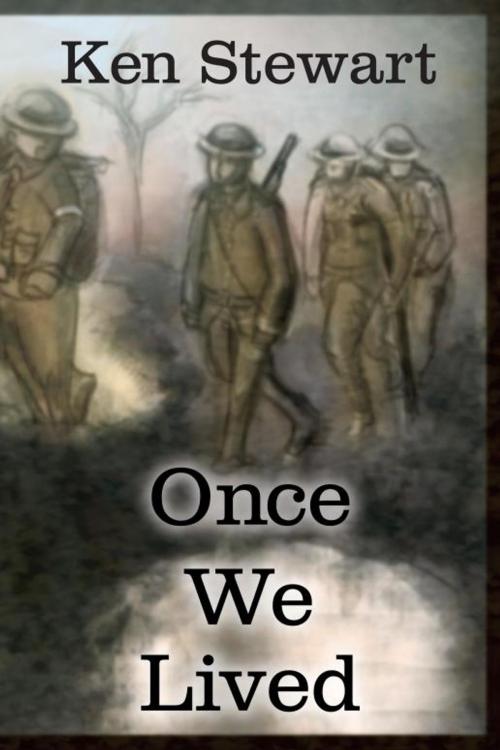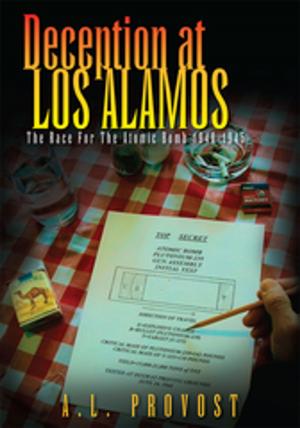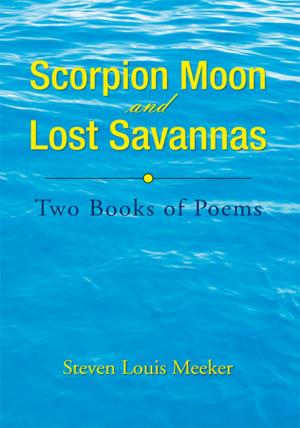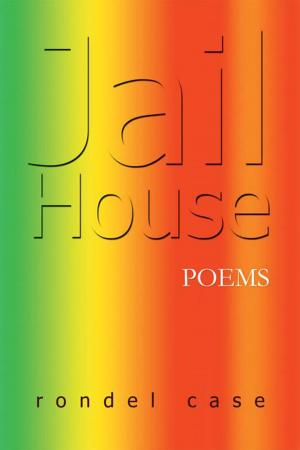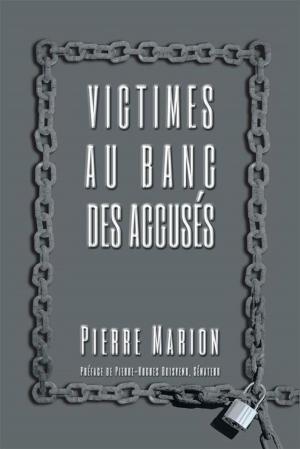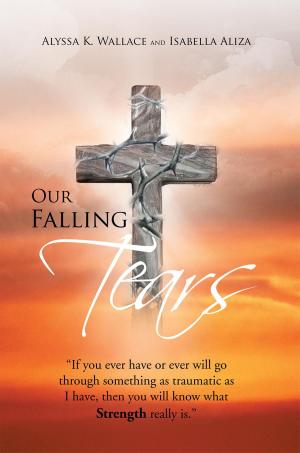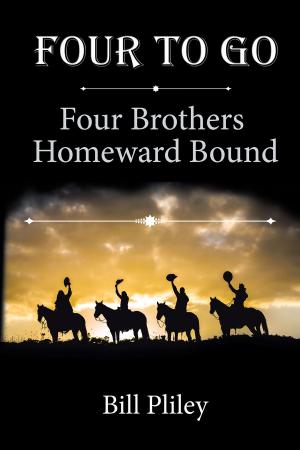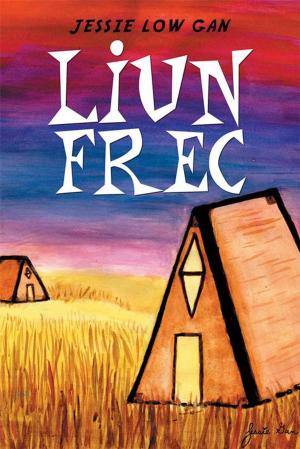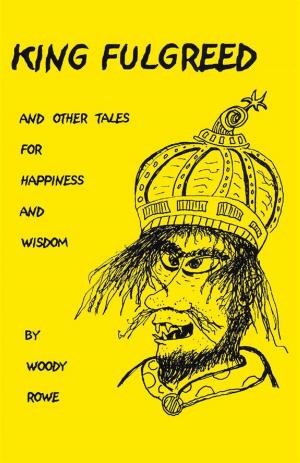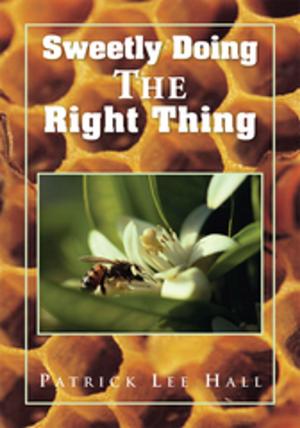| Author: | Ken Stewart | ISBN: | 9781450033053 |
| Publisher: | Xlibris US | Publication: | January 30, 2010 |
| Imprint: | Xlibris US | Language: | English |
| Author: | Ken Stewart |
| ISBN: | 9781450033053 |
| Publisher: | Xlibris US |
| Publication: | January 30, 2010 |
| Imprint: | Xlibris US |
| Language: | English |
Once We Lived The story of these two brothers who went to fight , and the battles they fought together in Vimy , Passchendaele, Battle of Amiens Drocourt-Quant, Battle of the Canal du Nord and finally at Battle of Valenciennes where William was killed November 1, 1918 ten days before the end of the war. At the beginning of World War 1, it was expected that it would be over in a very short time, so Canada sent one division which they believed would be home soon. However as the war progressed and casualties began to mount it became necessary to replace losses in the field with fresh troops. New Battalions like the 119th and the 128th from the 5th Division were now being trained and sent to England as fast as possible. Upon arrival in England most of these new Battalions were absorbed into reserve Battalions. either as reinforcements for the 1st and 2nd Divisions or to the 3rd and 4th Divisions as they were being formed in England. As a result of this Bob, was posted to the 13th Infantry Battalion of the 1st Division, and William was posted into the 4th Division 46th Infantry Battalion. Williams 46th Battalion served with the 10th Infantry Brigade, 4th Canadian Division from 11 August 1916 until the Armistice. The unit has come to be known as "The Suicide Battalion". The 46th Battalion lost 1,433 killed and 3,484 wounded - a casualty rate of 91.5 percent - and won 16 battle honours in 27 months. I believe Uncle Will was killed from Machine Gun fire early afternoon November 1, 1918. On 1 Nov, the 46th Battalion Suicide Battalion - at this point only 405 strong - mingled with the 44th Battalion during the initial advance, then continued into the city alone. Together with the 44th, they killed over 800 Germans and took 800 prisoners from five infantry and two machine gun regiments. In addition, the 46th captured seven field guns, six mortars, two anti-tank guns, and 45 machine guns. The 46th suffered 126 casualties - over 30% of the men who started the attack. Included in this number was Sergeant Hugh Cairns, who won, posthumously, the last Canadian Victoria Cross of the war. At the end of this report General Ross wrote with the splendid success of the 10th Canadian Infantry Brigade operations on November 1st was concluded probably the finest and most satisfying engagement in which this Brigade has ever been employed
Once We Lived The story of these two brothers who went to fight , and the battles they fought together in Vimy , Passchendaele, Battle of Amiens Drocourt-Quant, Battle of the Canal du Nord and finally at Battle of Valenciennes where William was killed November 1, 1918 ten days before the end of the war. At the beginning of World War 1, it was expected that it would be over in a very short time, so Canada sent one division which they believed would be home soon. However as the war progressed and casualties began to mount it became necessary to replace losses in the field with fresh troops. New Battalions like the 119th and the 128th from the 5th Division were now being trained and sent to England as fast as possible. Upon arrival in England most of these new Battalions were absorbed into reserve Battalions. either as reinforcements for the 1st and 2nd Divisions or to the 3rd and 4th Divisions as they were being formed in England. As a result of this Bob, was posted to the 13th Infantry Battalion of the 1st Division, and William was posted into the 4th Division 46th Infantry Battalion. Williams 46th Battalion served with the 10th Infantry Brigade, 4th Canadian Division from 11 August 1916 until the Armistice. The unit has come to be known as "The Suicide Battalion". The 46th Battalion lost 1,433 killed and 3,484 wounded - a casualty rate of 91.5 percent - and won 16 battle honours in 27 months. I believe Uncle Will was killed from Machine Gun fire early afternoon November 1, 1918. On 1 Nov, the 46th Battalion Suicide Battalion - at this point only 405 strong - mingled with the 44th Battalion during the initial advance, then continued into the city alone. Together with the 44th, they killed over 800 Germans and took 800 prisoners from five infantry and two machine gun regiments. In addition, the 46th captured seven field guns, six mortars, two anti-tank guns, and 45 machine guns. The 46th suffered 126 casualties - over 30% of the men who started the attack. Included in this number was Sergeant Hugh Cairns, who won, posthumously, the last Canadian Victoria Cross of the war. At the end of this report General Ross wrote with the splendid success of the 10th Canadian Infantry Brigade operations on November 1st was concluded probably the finest and most satisfying engagement in which this Brigade has ever been employed
